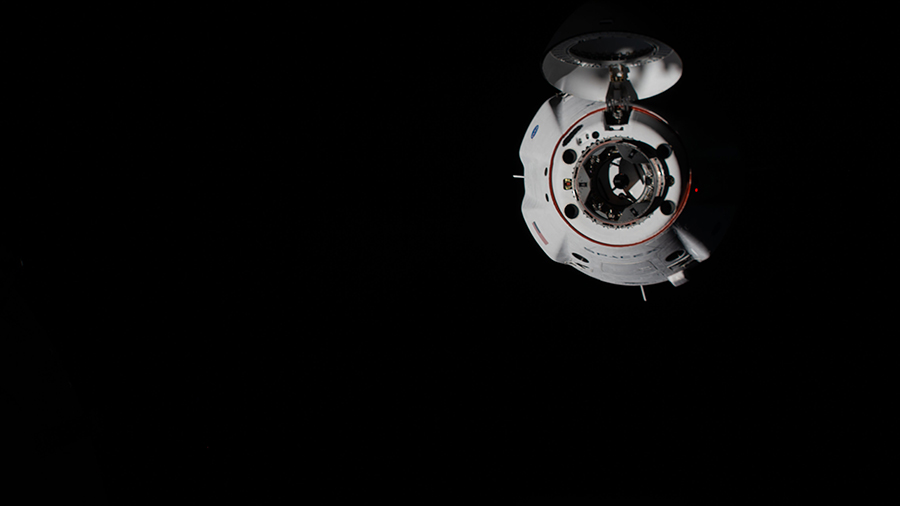Nervous System, Robotics Research as Station Preps for Crew Ship Move

Nervous system and robotics research were the dominant research theme aboard the International Space Station on Thursday. The seven Expedition 64 crew members also focused on next week’s crew ship move and a variety of orbital maintenance tasks.
This week, an ESA (European Space Agency) investigation has been under way exploring how the human nervous system adapts to different gravity environments. NASA Flight Engineers Michael Hopkins and Victor Glover have been strapping themselves into a specialized seat in the Columbus laboratory module and performing a series of dexterous manipulation tasks. Results from ESA’s Grip study may lead to improved spacecraft interfaces and deeper insights into human cognition in space.
NASA Flight Engineer Kate Rubins powered up the Astrobee robotic assistant Thursday afternoon inside Japan’s Kibo laboratory module. She guided the small, cube-shaped device in various orientations as it photographed and mapped the inside of Kibo while calibrating itself. Astrobee could soon perform routine station tasks freeing up time for astronauts to conduct more space science.
Rubins later scanned the eyes of Glover in the U.S. Destiny laboratory module using non-invasive imaging technology. The eye checks are part of ongoing studies to understand how weightlessness impacts an astronaut’s retina.
NASA astronaut Shannon Walker started her day servicing U.S. spacesuit battery components alongside Glover. Soichi Noguchi of the Japan Aerospace Exploration Agency worked on Kibo’s KOBAIRO rack, installing a water refill device in the facility that explores crystal growth in semiconductors.
All five astronauts gathered together for a short afternoon session and reviewed Monday’s upcoming relocation of the SpaceX Crew Dragon Resilience. Rubins will stay in the station as Hopkins, Glover, Walker and Noguchi take a short ride inside Resilience from the Harmony module’s forward-facing port to its zenith, or space-facing port, on Monday at 6:30 a.m. EDT. The autonomous relocation maneuver will take about 45 minutes with NASA TV beginning its live coverage at 6 a.m.
Commander Sergey Ryzhikov of Roscosmos collected air and water samples in the station’s Russian segment today for later analysis. Flight Engineer Sergey Kud-Sverchkov began gathering items for stowage aboard the Soyuz MS-17 crew ship that will take him, Rubins and Ryzhikov home on April 17.
Mark Garcia
Powered by WPeMatico



